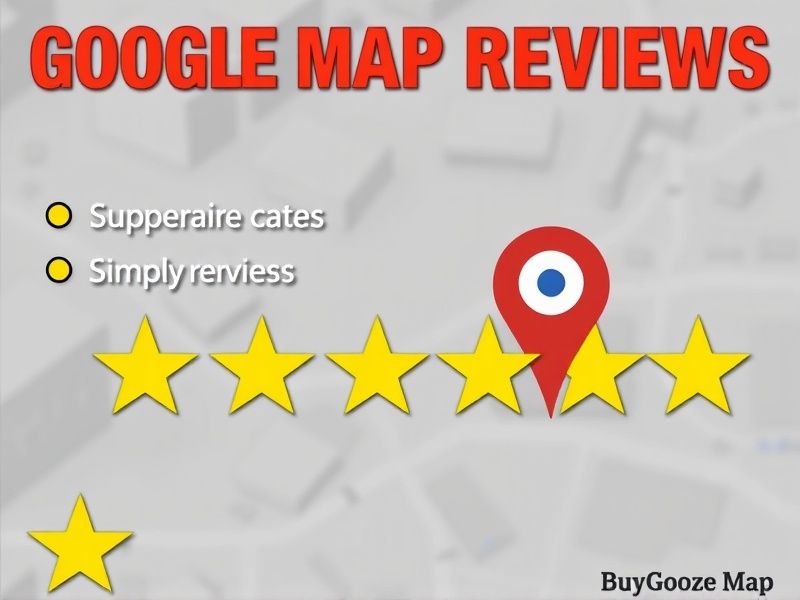Your Ultimate Guide to Crafting Killer Concert Reports (With Real Sample Insights)
Why Concert Reports Matter More Than Ever
Picture this: you’re still buzzing from an epic show, your ears ringing slightly, trying to capture that magic in words. That’s where a solid concert report sample comes in clutch. Unlike your average review, these bad boys combine sharp observation with technical know-how – think of them as time capsules for live music experiences.
The Nuts and Bolts of Concert Documentation
Let’s cut through the academic jargon. A killer report needs three key sections: a punchy intro that sets the scene, vivid atmosphere descriptions that transport readers, and technical analysis that’s actually interesting. Pro tip: Start with a sensory detail like the smell of spilled beer or that moment when the crowd collectively holds its breath before the first note.
Reading the Room Like a Pro
Here’s where most newbies stumble. Sure, you’ll note the setlist, but the real gold’s in the crowd dynamics. At a recent punk show I covered, the mosh pit became its own living organism – that’s the stuff readers eat up. Don’t forget the technical side either; that subtle reverb on the vocalist’s mic might explain why certain lyrics hit harder live than on the album.
Genre Comparison Cheat Sheet
Rock Shows: Focus on crowd interaction and raw energy
EDM Festivals: Track lighting sync with bass drops
Jazz Clubs: Note improvisation and audience response to solos
From Mumbles to Masterclasses: Analyzing Performances
Let’s get concrete. Say you’re writing a concert report sample for an indie folk act. Instead of just “the vocals were good,” try: “Her phrasing during the bridge of ‘Riverbed’ cracked slightly, creating that vulnerable authenticity the studio version polished out.” See the difference? You’re giving readers insider access to the live alchemy.
Oops Moments to Avoid
We’ve all been there. That time I confused monitor speakers with front-of-house gear in a draft? Cringe. Other common slip-ups include overusing genre clichés (“electrifying performance!”) and ignoring the venue’s role. Remember: A stadium country show feels radically different from a dive bar gig, even with the same artist.
Polish Like You Mean It
Before hitting publish, run through this quick checklist:
– Cut at least three adjectives
– Verify technical terms with quick Google checks
– Read aloud for rhythm
– Replace one generic compliment with specific gear/staging detail
Real Writers Spill Their Secrets
I chatted with Therese Monroe from Pitch Amplified about her process: “I always note three concrete sensory details during the first song – the way the stage lights feel on my skin, the bass frequency that makes my drink vibrate, whatever. Those anchors make the concert report sample come alive later.”
Making It Your Own
At the end of the day, your concert report sample should read like nobody else’s. Mix technical observations with personal reactions – maybe that synth solo hit different because it reminded you of your first car stereo. That human element? That’s what transforms dry reports into stories people actually want to read.
Pro Toolkit Essentials
Recording: Voice memos for post-show quotes
Research: Setlist.fm + artist’s recent interviews
Perspective: Move around the venue for different sonic angles
Deadline Hack: Draft the atmosphere section while the adrenaline’s still pumping





Reviews
There are no reviews yet.